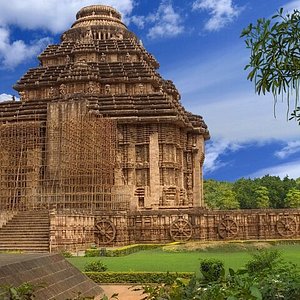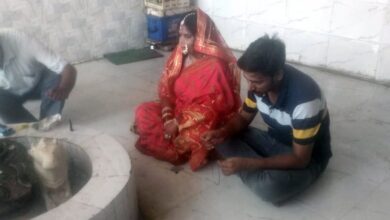Can the Sun Temple stand on its own without sand! Sand removal starts as fingers remain crossed

By D N Singh
It has been a long awaited revelation about the famous Sun Temple at Konark. Built centuries ago, this majestic shrine located close to the Bay of Bengal has withstood years of natural vagaries, signifying at an archaeological wonder designed by then ruler Langoola Narasignha Deb. But, can the structure stand erect without sand side or not, is a big poser.
But little people know that, about 120 years back edifice had suffered some fissures in its structure which led the then authorities to fill the entire interiors of the temple with sand.
And nobody knows what had been the interiors about and what are the elements those comprised the ‘garbha griha’ (sanctum sanctorum). Everything has remained in the sand fillings, hence, lurking some questions in people’s mind.
Can the shrine stand on its own or not? Or once the sand is removed the structure may collapse under its own weight.
Several conclaves, meetings and brain-storming have been going on for last few decades on this aspect. Whereas, the Archaeological Survey of India(ASI), its official custodian since 1903, has invited views from all across the world to siphon out the sand from the temple.
Now, perhaps, a time has come when the curtain of mystery is going to be removed from the world heritage as the process for sand removal has started.
The ‘bhommi poojan’ has been done and the process of siphoning is just to be started under the supervision of the ASI.
Tenders have been floated inviting high-tech knowhow and applications those can help the siphoning of the sand from inside.
Although the tender has been awarded to BDR Construction Limited, nut in the siphoning process only the ASI experts will directly work.
For which a mechanical platform has been built alongside the digging site.
A Risky & Crucial Attempt
The emptying of the sands from inside is stated to start by digging holes at the Western door and then study the impact before going ahead, said Arun Mallik, ASI Superintendent.
Nobody has been able to predict if the removal of sand would lead to weakening of the structure or, as fears had been expressed earlier that the structure may not take its own load and collapse.
It can well be assumed that, whether a several centuries old structure built by stones and lime plaster etc is strong enough to stand on its own.






